An air of unease as mining, stone crusher units up pollution in rural Yamunanagar
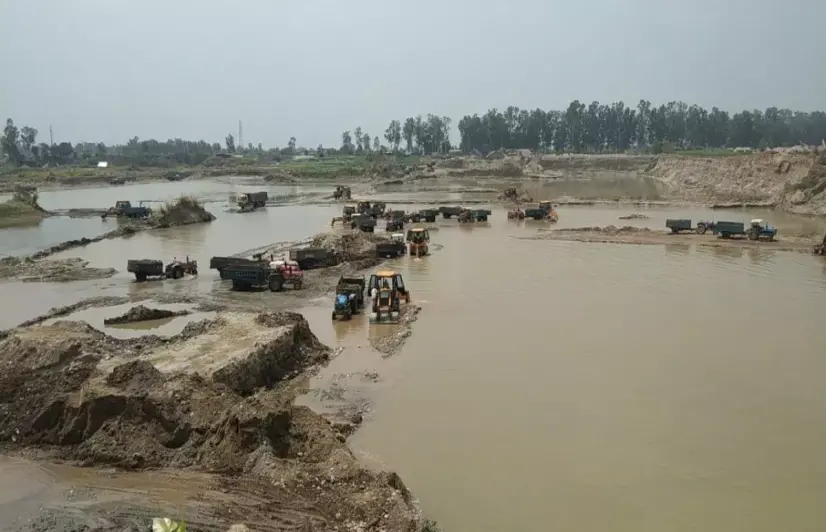
An air of unease as mining, stone crusher units up pollution in rural Yamunanagar
Yamunanagar, Haryana: Every time Bashesar Singh (50) breathes, a strange sound comes out. A resident of Tapu Kamalpur in Yamunanagar district of Haryana, he first met the village doctor to cure this sound and his constant sore throat, but without much relief. He then went to a doctor in Yamunanagar city, where he was diagnosed with throat and lung infections
“The doctor told me to stay away from the dusty environment, but where will I go?” said an exhausted Bashesar. There is no escape from air pollution as his house is located close to the Yamuna, where dust keeps rising from a mining ghat day and night.
Like Bashesar, people living on the banks of River Yamuna — from Tajewala to Panipat — frequently fall ill due to air pollution. As many as 158 crusher units and 120 screening plants function in Yamunanagar district. There are 32 mining zones too, which generate an annual revenue of above Rs 100 crore for the government.
“On average, three out of 10 patients who consult me have lung-related issues. In most cases, I tell them to go for treatment in the city. However, due to lack of awareness, money and illiteracy, very few go there,” said a local doctor on condition of anonymity.
Bhim Singh Rawat (32), the district coordinator of Yamuna Jiyo Abhiyan, said allergic skin and eye problems are also prevalent, but villagers do not pay much attention as they are economically backward.
Despite the villainous role played by poor air quality, the Pollution Control Board (PCB) does not have sufficient data on its severity. Yamunanagar PCB's Environmental Officer Naresh Kumar told 101Reporters that no equipment to measure air pollution was installed in mining areas. “This facility is present only in the city,” he added.
A member of the Yamuna Jiyo Abhiyan, Vijay Sharma (34) of Kanalsi village said he undertook a survey in January last year and found that the Air Quality Index (AQI) in Yamuna’s mining area ranged from 300 to 350 (very poor). It went up to 400 around the stone crusher units that functioned in Kanalsi, Model Town Karhera and Tajewala. This was likely to increase during summer, when strong hot winds and dust particles would engulf larger areas.
Kanalsi resident Rana Harpal Singh (34) had mixed feelings when his first child was born. He was overjoyed, yet anxious about the child’s health as the mining ghat in the Yamuna was located just one-and-a-half km from his house. Plumes of dust remain in the air here for the whole day, making eye allergies, respiratory issues and skin diseases among children very common these days.
Harpal’s apprehension is quite valid as 66.8% of children in rural Yamunanagar have been taken to a health facility with fever or symptoms of Acute Respiratory Infection in the last two weeks preceding the National Family Health Survey-5.
“We cannot dry clothes in the open. There is no point in wearing clean
clothes either, because dust particles stick to them after a while. Mining has
not only destroyed our health, it has affected our daily routines,” Rakesh Rana
(30) of Karhera shared his anguish.
Nobody cares
The PCB guidelines clearly state the need to install sprinklers and build paved roads to tackle dust pollution from the mining area and during the transportation of the mined material. Measures should also be taken to regularly sprinkle water on the roads these trucks take.
Kiran Pal Rana (55) of Nadi Mitra Mandali, which operates under the Yamuna Jiyo Abhiyan in Kanalsi, told 101Reporters that nobody bothers to enforce the PCB guidelines. In fact, the board officials rarely visit the area. “I complained about air pollution several times, but the PCB did not act,” he said.
Excavation of the riverbed and transportation of sand through unpaved village roads using trucks are the main reasons for the dust particles in the air. The solution is to sprinkle water on the village roads regularly, but the miners do not even do such a small thing for the environment.
Its effect is clearly visible on the leaves of trees, where dust accumulates. In fact, the PCB is responsible for checking that the place has enough tree cover. The onus of planting saplings in the mining area is also on the board.
According to Yamunanagar-based social worker Advocate Varyam Singh (42), drip systems or fountains are stipulated under the PCB rules to contain dust. Big machines should not be used for operations. Above all, sand should be transported only through paved roads.
However, what is happening in Yamunanagar is quite contrary. “Forget
fountains or drips, even the sprinkling of water is not regular. If a villager
opposes the mining contractor, he gets a death threat. Even the police do not
act on such threats. That is why people are silent,” said Advocate Varyam.
Elaborating on the modus operandi of illegal miners, he said, “Contractors take a site, but later start digging up the adjacent areas. They use both money and muscle power against those who dare to oppose them.”
Blame game
Despite the health issues that villagers face, PCB Environmental Officer Naresh Kumar claimed that probing into pollution caused by mining does not directly fall under his purview. “There is a process in place. Those affected should complain to the PCB head office in Panchkula. From there, it will be sent to the government. After a decision is arrived at, I will get necessary instructions from the head office to investigate the matter.”
On the PCB’s role in ensuring compliance with rules, he said, “We visit the site in the initial stages of excavation when the mining zone is established, and check if sprinklers are functional. To a certain extent, this will keep dust particles away from the air and roads. We also take note of the tree cover in the area. As for transport of the mined material, the vehicle should be fully covered. Sprinkling of water on the road should also be regular.”
When quizzed about the issue, Yamunanagar District Panchayat and Rural Development Officer Shankar Lal Goyal told 101Reporters that the department does not have the “power to stop pollution caused by mining”.
“The panchayat should pass a resolution and send it to the state mines and geology department. The department and PCB are responsible for controlling pollution. Gram panchayats and panchayats department cannot do anything about this,” he said, adding that no panchayat in Yamunanagar raised the pollution issue even once, though he has been associated with them since 2019.
Meanwhile, Minister for Mines and Geology Moolchand Sharma
told 101Reporters that the state has recently tightened the
rules regarding environmental pollution during mining. “It is necessary to establish
ambient air quality monitoring stations in mining areas. Care should be taken
to minimise the amount of dust particles in the air. Wherever fountains are not
present, they will be installed,” he said.
Draft policy
From time to time, the PCB issues notices to the crusher operators for flouting norms. However, no follow-up action happens because of their political connections. Even the draft notification on stone crushers issued by the Haryana government on November 11, 2022, has diluted the previous guidelines of May 2016, especially at a time when the state is facing deterioration in air quality.
The new draft proposed a minimum distance of 500 m from a crusher to a national or state highway against the earlier distance of one km. The minimum distance to a municipal corporation (from 3 km to 2 km), town/municipal limits (from 1.5 km to 1 km), and forestland (from 500 m to 250 m) has also come down.
Yamunanagar Stone Crushers’ Association is particularly annoyed by the draft, which puts the responsibility of constructing paved roads in their respective operational areas on stone crusher units. The association has moved the court against the draft. “How can the government impose this on us? It is the government’s duty to build roads. We are already paying taxes to get licences,” Rampal Kamboj, the former head of Yamunanagar Stone Crushers’ Association, told 101Reporters.
He also claimed that most of the crushers in Balla mining zone of Yamunanagar have been flouting environmental norms as they belonged to political leaders and their relatives. He said he would file an appeal in the National Green Tribunal in this regard.
Cover photo - There are 32 mining zones in Yamunanagar district and dust keeps rising from mining ghats day and night (Photo - Manoj Thakur, 101Reporters)
Edited by Rekha Pulinnoli
Would you like to Support us
101 Stories Around The Web
Explore All News
Jun 11
‘’मलेरियाने माझा मुलगा अन् नवरा बी मेला’’... गडचिरोलीमध्ये तापमान बदलाचा आणि डासांचा काय आहे संबंध?

Jun 11
ओडिशा : जलवायु चुनौतियों से निबटने मैंग्रोव संरक्षण के कार्य में जुटी महिलाओं की कहानी
-5.webp&w=3840&q=75)
Mar 27
A Painful Period In The Salt Pans Of Little Rann Of Kutch
-13.webp&w=3840&q=75)
Mar 27
Madhya Pradesh: Where is Our Free Time?
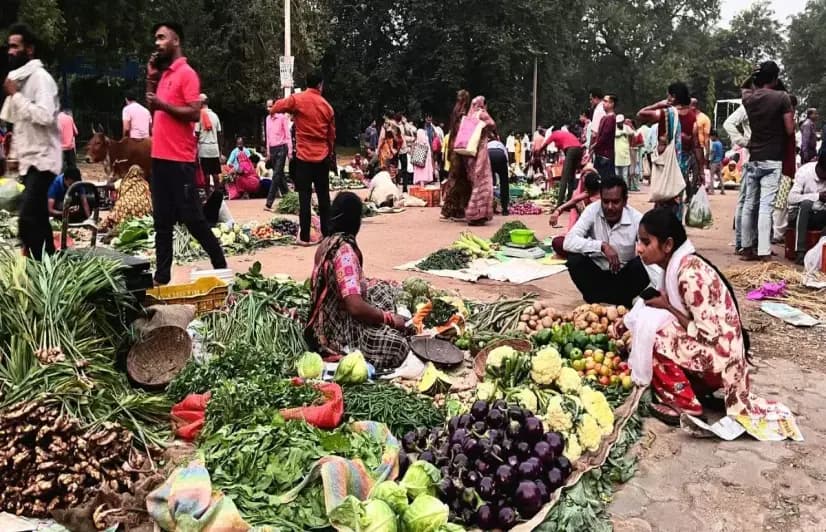
Feb 02
Dilemma Faced By Poor Farmers In Bundelkhand: Grow Organic While Selling Non-Organic

Feb 02
Giridih saves its village ponds with NITI Aayog's help
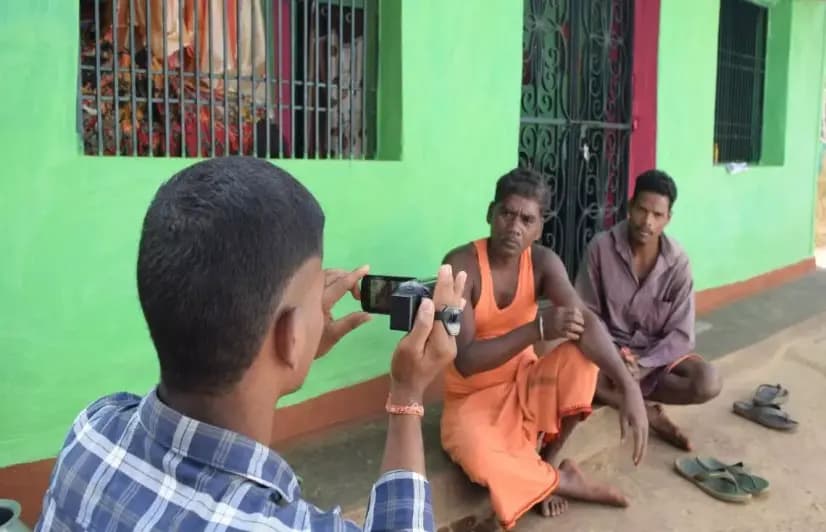
Jul 29
Odisha students use mobile cameras and pens to preserve village history
-18.webp&w=3840&q=75)
Jul 29
Rajasthan: Fasal Bima Yojana and the Art of Minimising Payouts
-16.webp&w=3840&q=75)
May 25
Waste to wealth: Bhopal district panchayat spends Rs 75,000 per month to earn just Rs 4.5 lakh a year
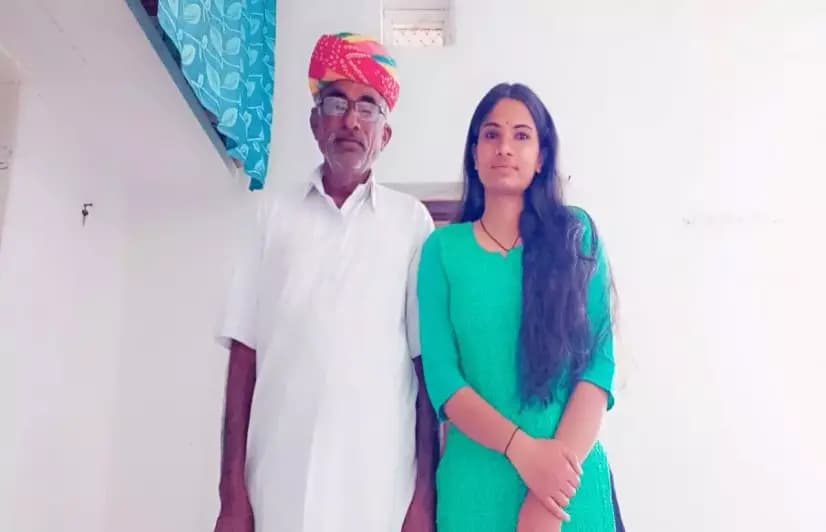
May 10
A Victory For Unmarried Rajasthani Women As Anganwadi Positions Open For Them
About the Reporter
Top stories by Manoj Thakur
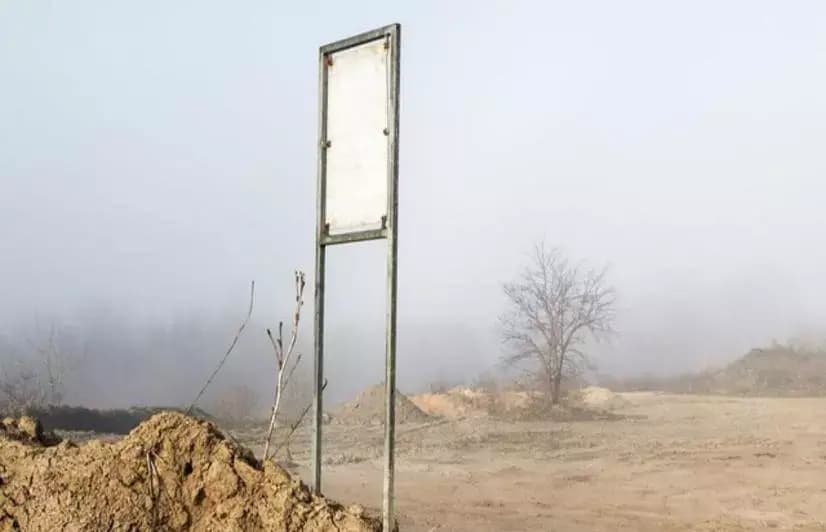
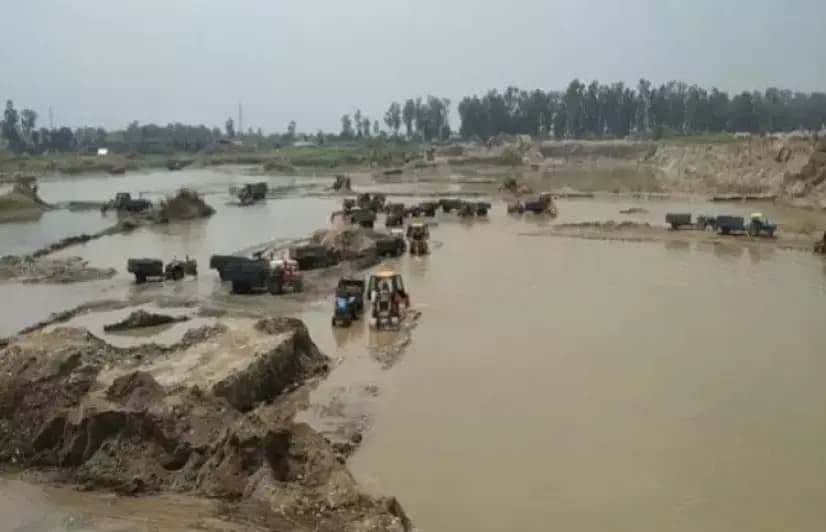

Write For 101Reporters
Would you like to Support us
Follow Us On



